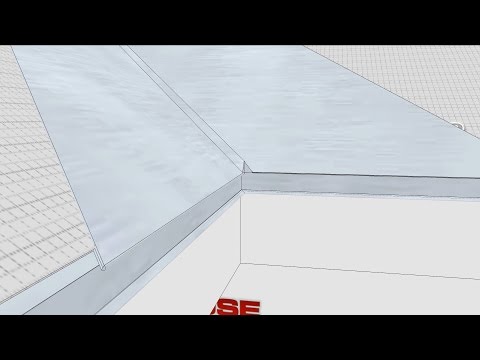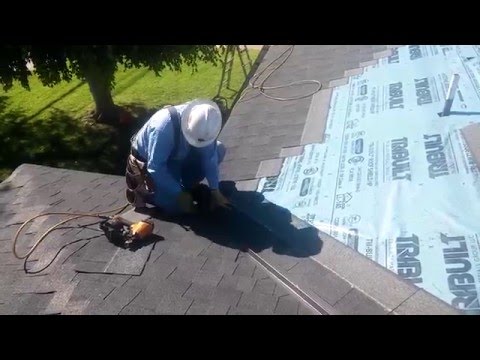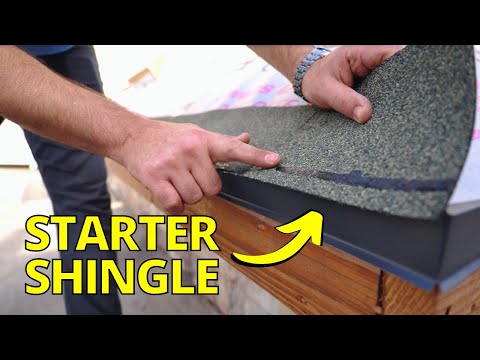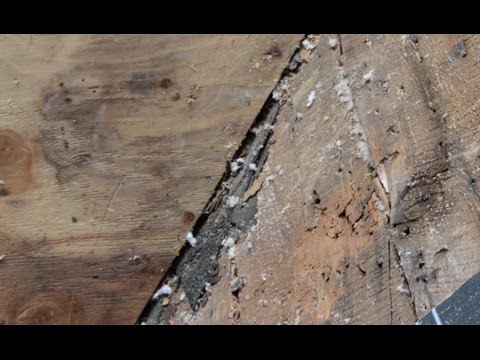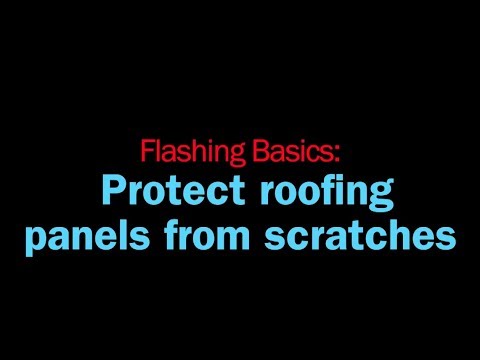Open metal valley flashing plus ice & water membrane - your whole roof will perform better
IKO Roofing explains the process for waterproofing roof valleys: Peel and stick, solid valley metal, and clipping the corners of the shingles.
Now that the drip edge, eave protection and underlayment have been applied, it's time to tackle the roof valleys. Valleys require close attention to detail to avoid leaks. Watch as our roofing pro shows you the proper way to approach these challenging applications.
There are several different valley application methods which include closed, open and woven. For longer roof performance, IKO strongly recommends open metal valleys. The recommend flashing material is a 28-gauge galvanized metal or an equivalent corrosion resistant, non staining material (check with local codes).
Step-by-step valley flashing:
- Complete the application of underlayment and valley flashing before the shingles are applied.
- Center a 36-inch wide strip of an ice and water protector membrane in the valley and tack in place temporarily along one edge.
- Carefully peel away the backing and put it in place, smoothing out any wrinkles. Start working from the eave, allowing additional pieces to overlap by at least 6 inches.
- Remove the temporary nails.
- Center a minimum 24-inch wide, minimum 28 gauge prefinished/galvanized metal valley liner in the valley, and fasten with only enough nails to hold it in place, nailing at the edges only.
- Overlap each metal piece by at least 6 inches and use asphalt plastic cement under each section of overlap.
- Snap two chalk lines the full length of the valley, 6 inches apart at the top (3 inches on each side of the valley), and increase in width 1/8 inch per foot toward the bottom to a maximum of 8 inches.
- When the shingles are being applied, lay them over the valley flashing, trim the ends to the chalk line and nail the shingles at least 2 inches back from the chalk line.
- Cut a 2-inch triangle off the top corner to direct water into the valley and embed the valley end of each shingle into a 3-inch band of asphalt plastic cement.
So, there you have it. The proper way to install valleys. While there are several application methods, the correct installation of each is critical to your overall roof performance.
—This video is provided by IKO Roofing, a worldwide leader in roofing, waterproofing, and insulation.
